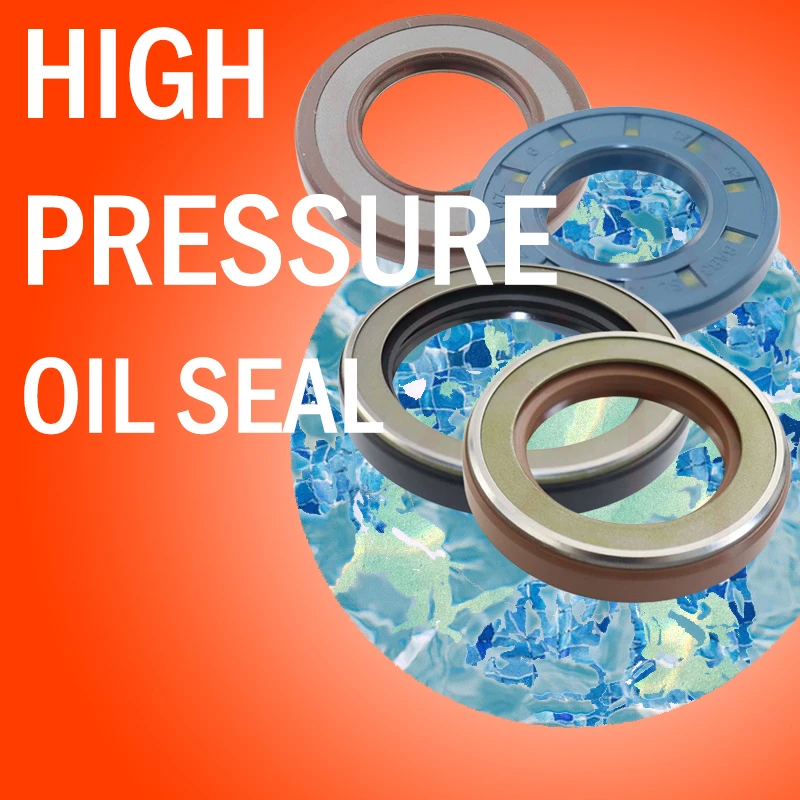9 月 . 18, 2024 19:05 Back to list
hydraulic cylinder seal repair
Hydraulic Cylinder Seal Repair A Comprehensive Guide
Hydraulic cylinders are integral components in various machinery, providing the necessary force for a wide range of applications, from construction equipment to automotive systems. Over time, seals within these cylinders can wear out, leading to performance issues and fluid leaks. Proper seal maintenance and repair are crucial to ensuring the efficiency and longevity of hydraulic systems.
Identifying Seal Issues
The first step in hydraulic cylinder seal repair is identifying the symptoms of seal failure. Common indicators include visible leakage of hydraulic fluid, decreased cylinder performance, and abnormal noises during operation. It’s essential to address these issues promptly, as neglecting them can lead to more severe damage and costly repairs.
Disassembling the Cylinder
Once seal failure is suspected, the next step is to disassemble the hydraulic cylinder. Begin by ensuring that the hydraulic system is depressurized to avoid accidents. Carefully remove the cylinder from its mounting, followed by taking out the piston rod and other internal components. This process often requires specialized tools, such as spanners and torque wrenches, to prevent damage.
Inspecting Components
hydraulic cylinder seal repair

Upon disassembly, inspect all components for wear and damage. Check the cylinder barrel for scratches or corrosion that may have contributed to seal failure. The piston rod should also be examined for signs of wear, as any damage can compromise the effectiveness of new seals. Taking this time to assess each part ensures that you do not overlook factors that could lead to future issues.
Cleaning and Replacement
Before installing new seals, thoroughly clean all components to remove contaminants and old seal materials. Use appropriate solvents and cleaning tools to ensure the surfaces are pristine. Once cleaned, it's time to install the new seals. Choose high-quality seals compatible with your specific hydraulic fluid and operating pressure. Proper installation is critical; make sure the seals are seated correctly to avoid future leaks.
Reassembly and Testing
After the new seals are in place, carefully reassemble the hydraulic cylinder in the reverse order of disassembly. Ensure all components are tightened to the manufacturer’s specifications. Once reassembled, reconnect the cylinder to the hydraulic system and pressurize it gradually, monitoring for any signs of leaks. Conduct several cycles of operation to ensure the repair was successful and that the cylinder functions optimally.
Conclusion
Hydraulic cylinder seal repair is a vital process that can significantly extend the life of hydraulic systems. By recognizing the signs of seal failure, executing proper repairs, and maintaining cleanliness throughout the process, operators can minimize downtime and ensure efficient machinery operation. Regular maintenance and inspections are essential to preventing seal wear and enhancing overall equipment performance.
-
The Power of Advanced Sealing: High-Pressure Solutions for Modern Machinery
NewsOct.29,2024
-
Optimizing Machinery with High-Performance Oil Seals
NewsOct.29,2024
-
Maximizing Machinery Efficiency with Advanced Oil Seals
NewsOct.29,2024
-
Ensuring Equipment Longevity with Quality Oil Seals
NewsOct.29,2024
-
Enhance Equipment Performance with Quality Oil Seals
NewsOct.29,2024
-
Custom Oil Seals for Specialized Machinery Needs
NewsOct.29,2024
-
The Role of Wiper Seals in Dust Sealing and Oil Protection
NewsOct.20,2024
Products categories
















